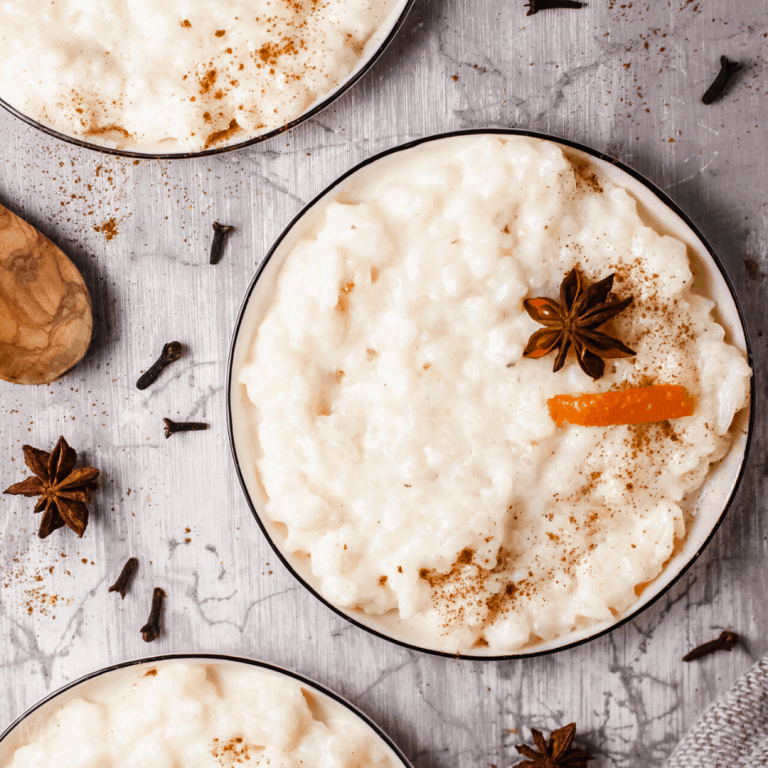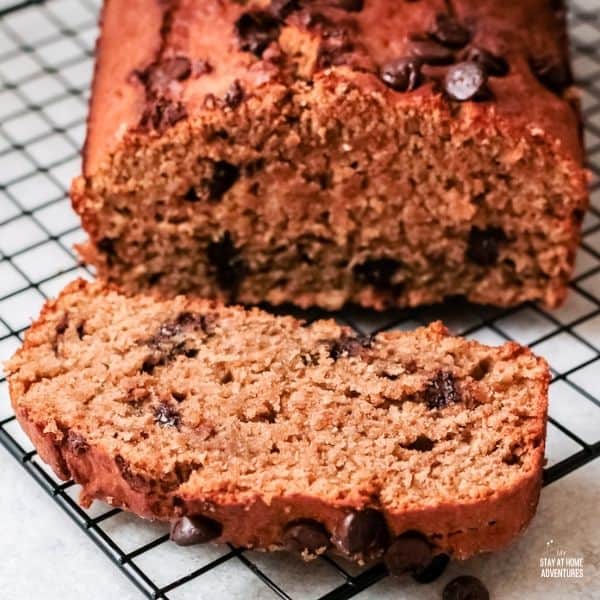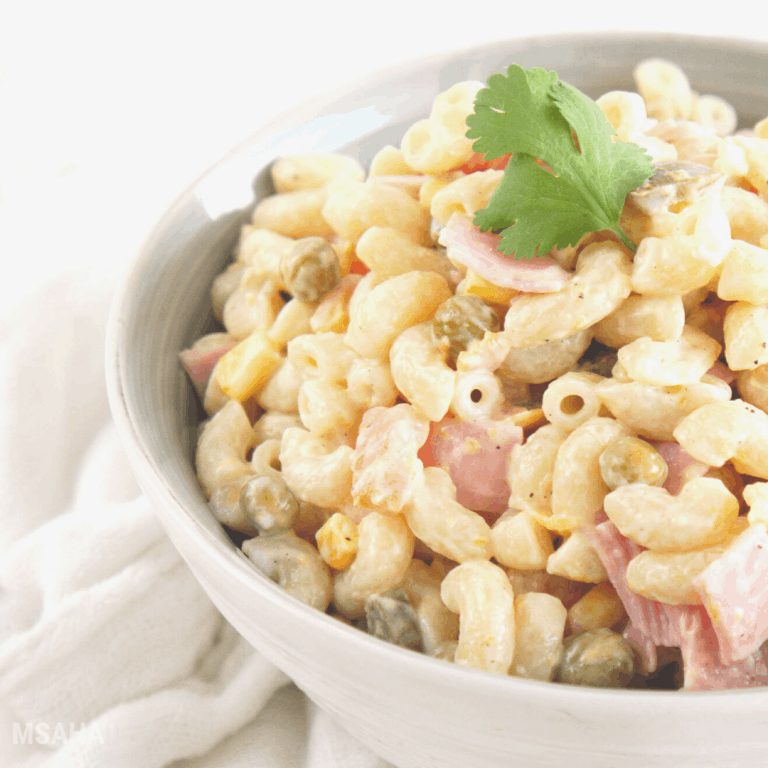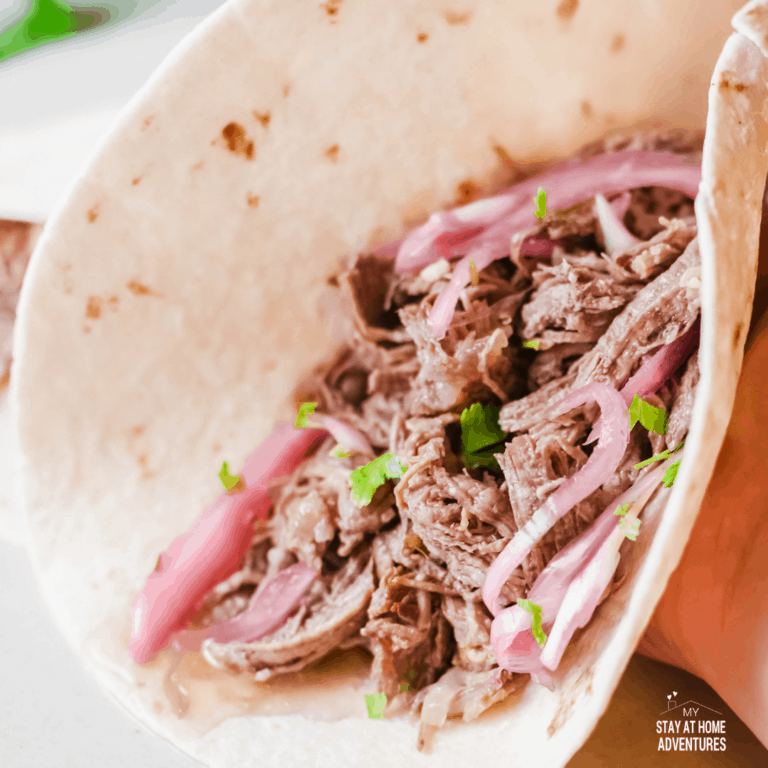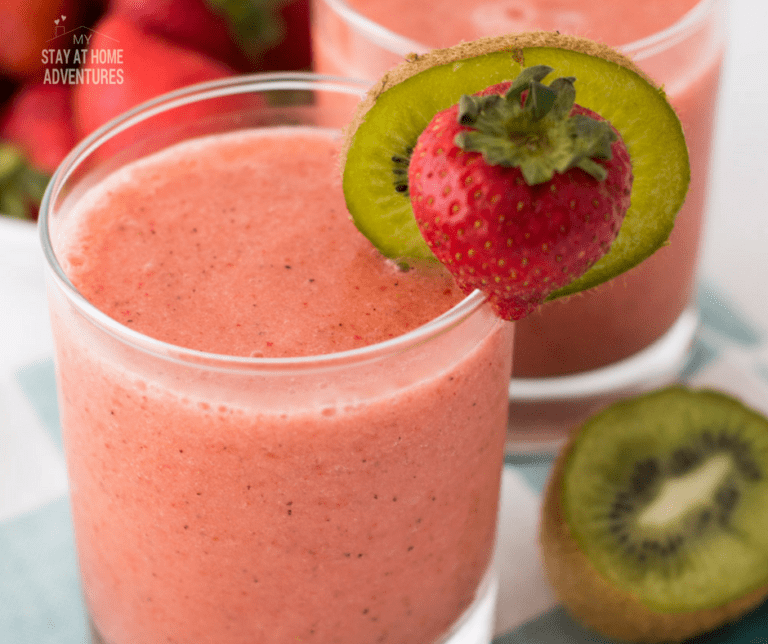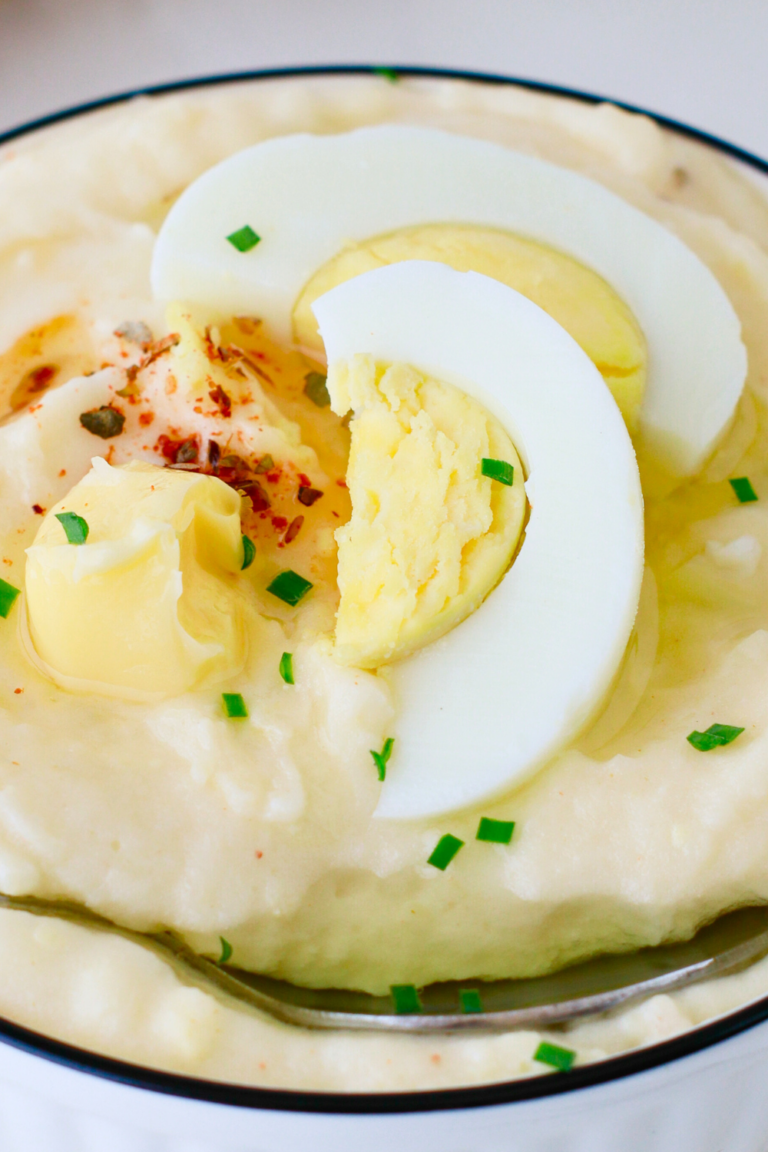Delicious Pernil Recipe
This post may contain affiliate links which might earn us money. Please read my Disclosure and Privacy policies hereAs a Puerto Rican, pernil is a dish near and dear to my heart. It’s a classic at any family gathering or celebration, and the secret ingredient is always love.
This Puerto Rican Pernil is seasoned with adobo sauce, lime juice, sazon, and much more.
Enjoying Pernil is an experience that many Puerto Ricans cherish. The flavor and smell of traditional Puerto Rican cooking remind many of our culture’s rich heritage.
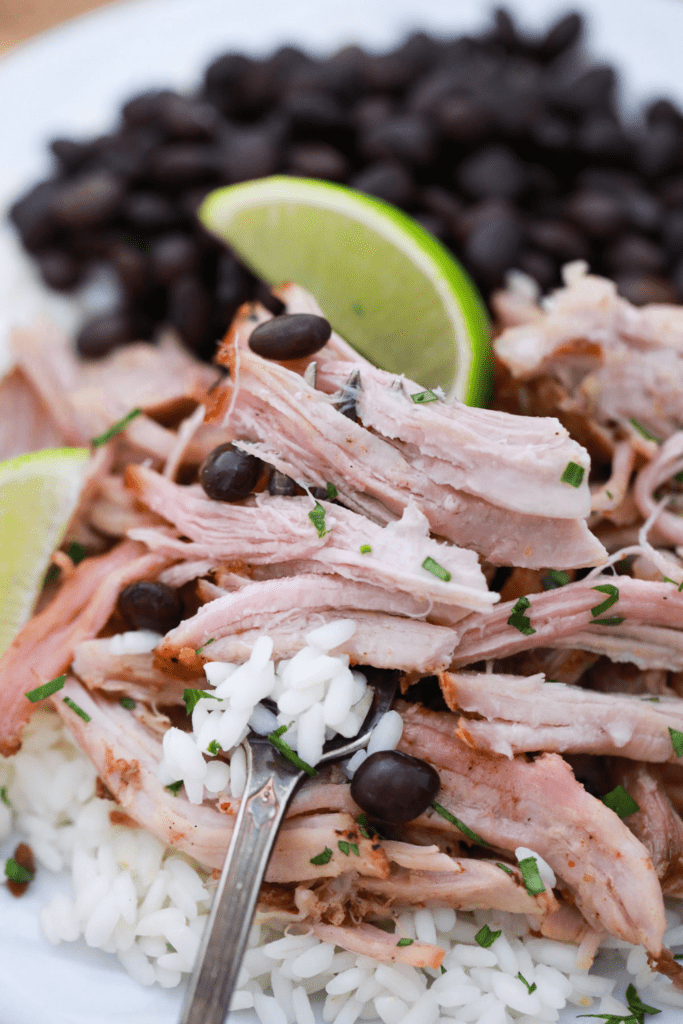
Puerto Rican Pernil
Puerto Rican Pernil is an iconic roast pork dish that has become a staple of Puerto Rican cuisine. This traditional dish typically features slow-cooked roasted pork marinated in citrus juice, herbs, and spices overnight, then slowly cooked to perfection.
The result is juicy, flavorful pork often served with various sides. Pernil is the perfect dish for family gatherings or even just a meal with friends. It’s great for any special occasion and will definitely be a crowd-pleaser. Whether it's part of a traditional Puerto Rican meal or a more modern interpretation, Puerto Rican Pernil is sure to be a hit.
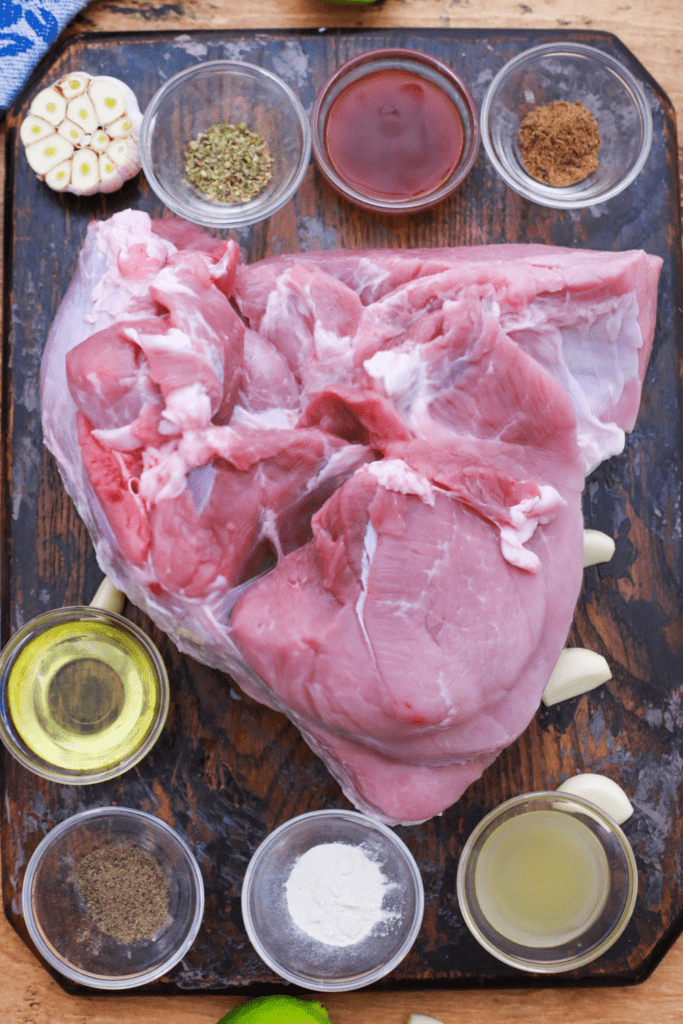
Ingredients needed:
The ingredients for this Puerto Rican Pernil that you will definitely enjoy are listed below. Scroll down to access our printable recipe card that includes step-by-step directions and measurements.
- Bone-in pork shoulder
- Garlic: Peeled
- Olive oil
- Dried oregano
- Ground black pepper
- Cumin
- Onion powder
- Juice of limes
- Adobo sauce
- Sazon
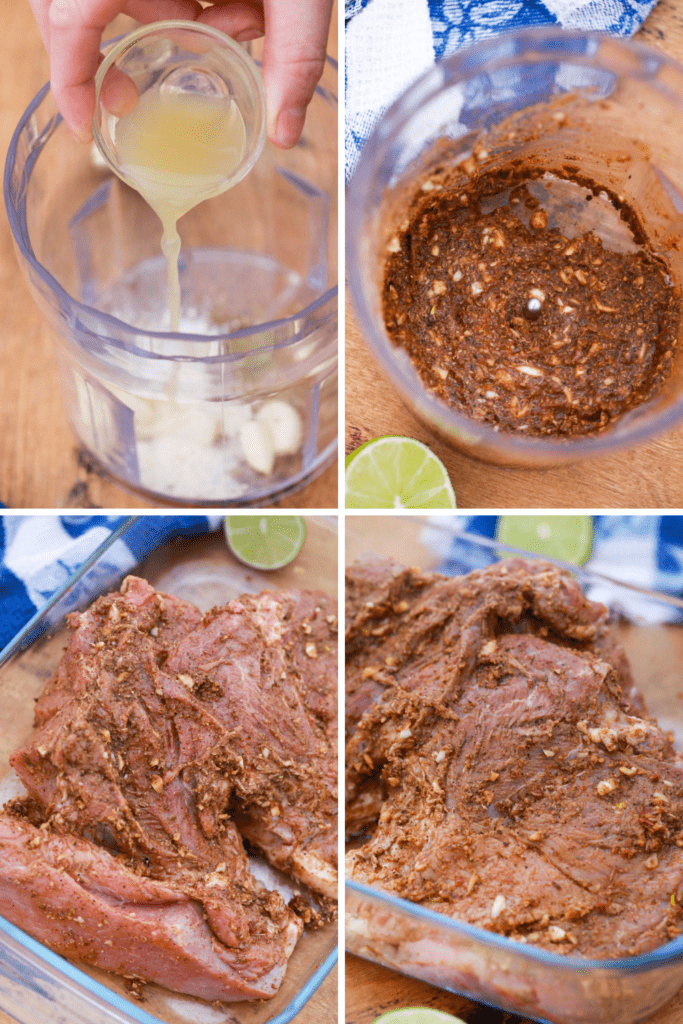
How to cook Puerto Rican Pernil from scratch?
- Stab the pork: Start by rinsing the pork in cold water and pat dry with paper towels. Then with a very sharp knife, stab 1-inch slits all over the pork.
- Rub the pork: In a food processor, blend all the ingredients except the meat. Use this mixture to rub it all over the pork. After rubbing, place the pork in a deep roasting pan, cover it with foil, and refrigerate overnight.
- Bake the pork: Preheat oven to 350°F. Bake the pork covered with foil for 4-5 hours, about 30-45 minutes per pound. When using a meat thermometer, the internal temperature should read 180F, and the meat should shred easily with a fork.
- Crisp up the pork: Uncover the roast and bake for 20 minutes to crisp up, watching carefully not to burn.
- Garnish and serve: Finally, serve with white rice and beans and sprinkle with parsley.
How to serve:
When it comes to serving Puerto Rican Pernil, there are many options to choose from.
- Arroz con Gandules: This classic Puerto Rican dish is made with rice, pigeon peas, and sofrito. It's the perfect accompaniment to Pernil.
- White rice with traditional Puerto Rican beans: White rice is a staple side dish in Puerto Rico, and it's usually served with stewed beans
- Tostones: A classic side dish made with green plantains that are fried and flattened. Avocado salad: A delicious and refreshing side dish to balance out the richness of the Pernil.
- Black Beans: You can serve pernil with Cuban black beans and rice.
- Sandwich: Serve the pernil in a sandwich with lettuce, tomato, and cheese for an easy meal.
- Tacos: Use the Pernil as a taco filling for a twist on traditional tacos.
No matter how you serve it, Puerto Rican Pernil will definitely be a hit!
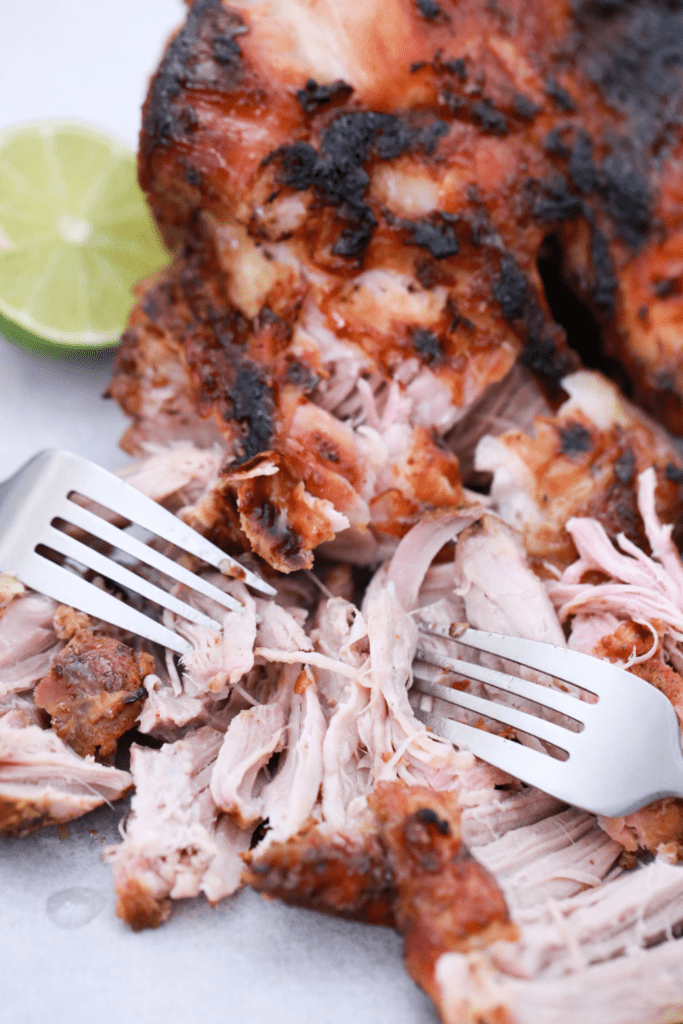
Frequently asked questions
How long does it take to cook a pernil?
Pernil typically takes 4-5 hours to cook, about 30-45 minutes per pound, depending on the size of the pork shoulder, in an oven set to 350 degrees Fahrenheit. For an additional crispy exterior layer, brush your pernil with oil and turn up the oven's heat to 400 degrees for 15 minutes near the end of cooking.
Why use adobo sauce instead of adobo seasoning?
Adobo sauce adds a unique flavor to the pork that you cannot get from the powder alone, as it includes other spices like garlic, oregano, and pepper. Additionally, the sauce helps to keep the pork moist during cooking and adds an extra layer of flavor. Adobo powder can be used as a substitute. However, it will not add the same depth of flavor that the sauce does.
What part of the pig is pernil?
Pernil is typically made with a pork shoulder, also known as “picnic shoulder” or “picnic roast.” This cut of meat has a good flavor and can easily be shredded once cooked.
Can I make pernil in advance?
Marinating the pernil overnight before cooking will ensure the pork is flavorful and juicy. If you are short on time, try marinating for at least 4 hours.
Can I freeze pernil?
You can freeze cooked pernil. Allow the cooked meat to cool completely before placing it in a freezer-friendly container. Place in the freezer for up to 3 months. Defrost pernil overnight in the refrigerator before reheating.
What is the best way to reheat pernil?
The best way to reheat pernil is to place it in an oven-safe dish and bake at 350 degrees Fahrenheit for 15-20 minutes until heated. Alternatively, you can reheat it in a skillet on the stovetop over medium heat.
What is the difference between pernil and lechon?
Pernil is pork shoulder, while lechon is a whole roasted pig. Both dishes are popular in Puerto Rico, but pernil is typically marinated with a combination of garlic, olive oil, and spices, while lechon is cooked without marinade.
Pernil is usually served in small chunks, while lechon serves as a roasted pig. Pernil is also cooked indoors in an oven, while lechon is traditionally cooked over a wood-fired open flame.
Lechon is more traditional and takes more time to prepare as it can take up to 6 to 8 hours initially roasting in an outdoor pit barbecue heated by wood coal or open fire until it's nicely roasted.
Do you cook pernil covered or uncovered?
When cooking a pernil, many opt to cover it while it cooks to seal in moisture and maintain its tenderness. However, uncovering it is the way to go if you're looking for more crispy skin around the pernil. It depends on your preferred cooking style.
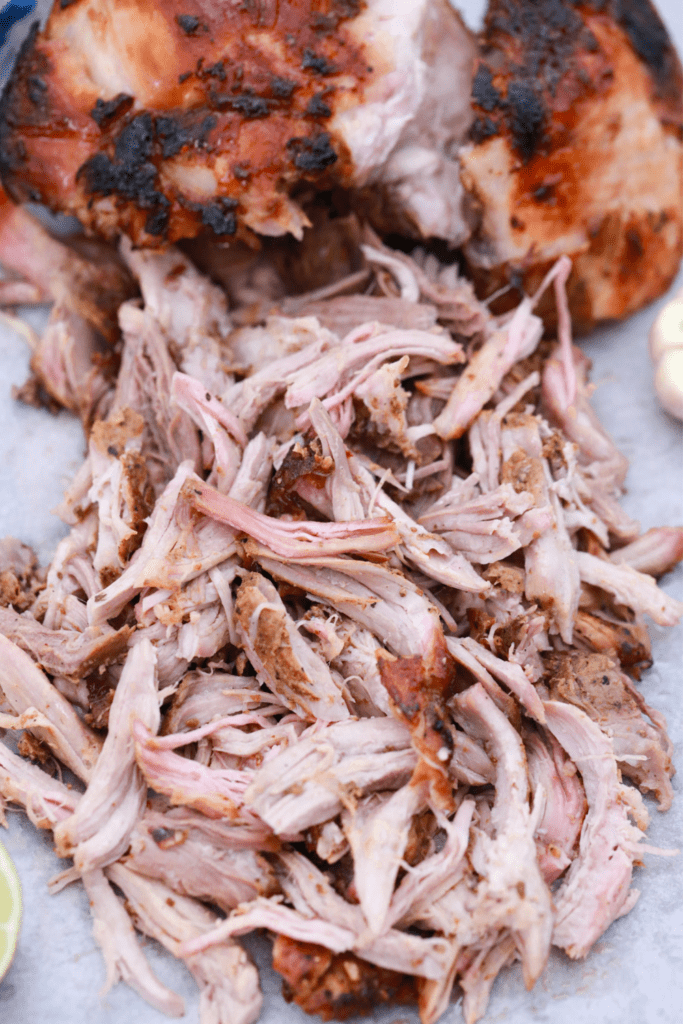
How to store leftovers:
The best way to store any leftovers is to ensure they are covered securely in an airtight container or wrapped tightly in foil before putting them into the refrigerator as soon as possible after it is cooked.
Leftover Pernil can be stored in the refrigerator safely for up to four days but should be frozen if you want to store it longer than that. When reheating your leftovers, make sure to use the oven (pork can be especially susceptible to food-bourne bacteria when reheated over a stovetop).
Recipe tips:
Preparing this traditional dish can be surprisingly simple with some helpful tips.
- For the juiciest, most succulent pork, marinate the meat overnight with lime juice, garlic, cilantro, and oregano for the most authentic flavor.
- Baste the pernil every 30 minutes to lock in the moisture until it is almost cooked through.
- Lastly, be sure to leave it in the oven long enough to ensure that it is cooked all the way through without drying out; an extra 10 minutes or so can do wonders!
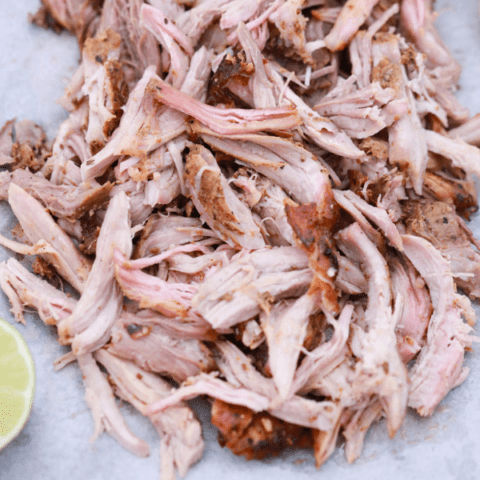
Puerto Rican Pernil Recipe
This Puerto Rican Pernil is seasoned with adobo sauce, lime juice, sazon, and much more. Enjoying Pernil is an experience that many Puerto Ricans cherish.
Ingredients
- 8-10 lbs bone-in pork shoulder
- 1 head of garlic, peeled
- 2 tablespoons olive oil
- 1 teaspoon dried oregano
- 2 teaspoons ground black pepper
- 1 teaspoon cumin
- 1 teaspoon onion powder
- Juice of 2 limes
- 2 tablespoons adobo sauce
- 1 packet sazon
Instructions
- Rinse the pork in cold water and pat dry with paper towels. With a very sharp knife, stab 1-inch slits all over the pork.
- In a food processor, blend all the ingredients except the meat.
- Use the mixture to rub it all over the pork, place in a deep roasting pan, cover with foil and refrigerate overnight.
- Preheat oven to 350°F.
- Bake covered with foil for 4-5 hours, about 30-45 minutes per pound. When using a meat thermometer, the internal temperature should read 180F, and the meat should shred easily with a fork.
- Uncover the roast and bake for 20 minutes to crisp up, observing not to burn.
- Serve with white rice and black beans. Sprinkle with parsley.
Nutrition Information:
Yield: 6 Serving Size: 1Amount Per Serving: Calories: 17746Total Fat: 1299gSaturated Fat: 476gTrans Fat: 0gUnsaturated Fat: 701gCholesterol: 5443mgSodium: 4163mgCarbohydrates: 11gFiber: 1gSugar: 5gProtein: 1409g
These nutritional calculations might not be accurate. Please speak with a licensed nutritionist to assist you.

